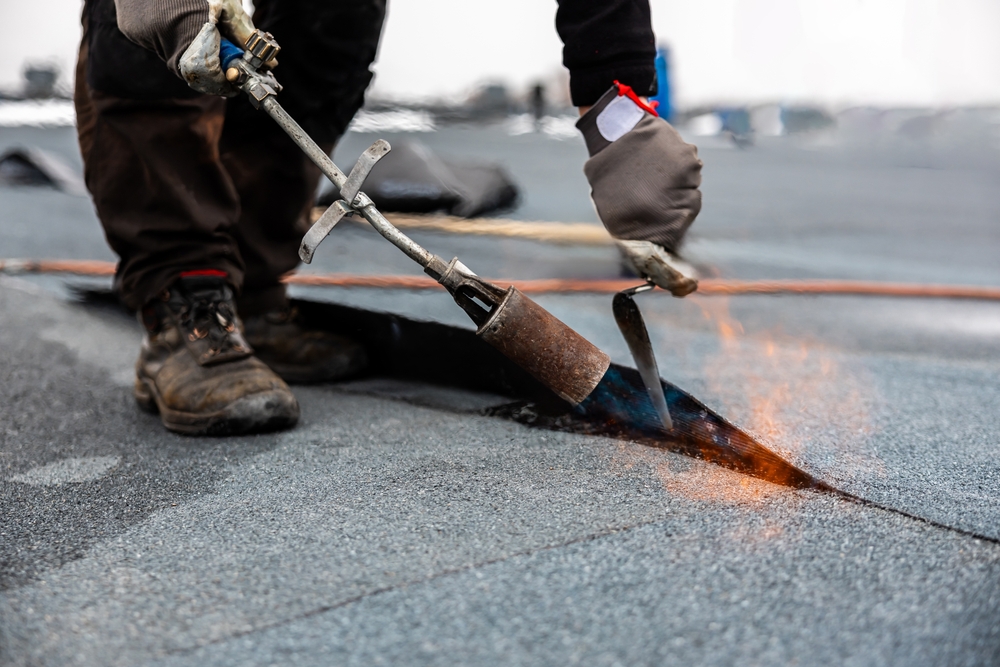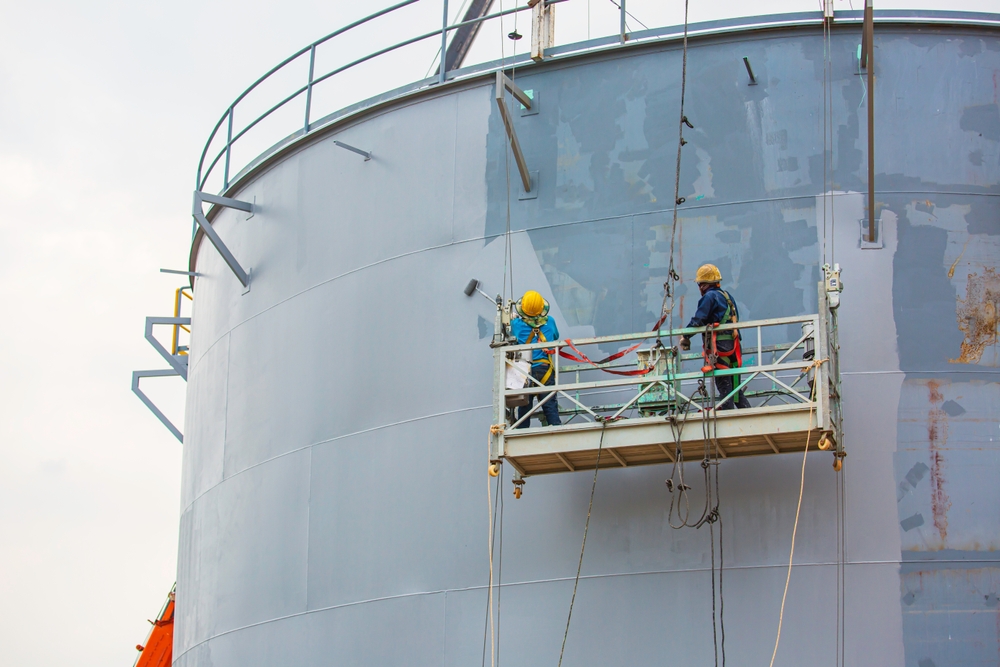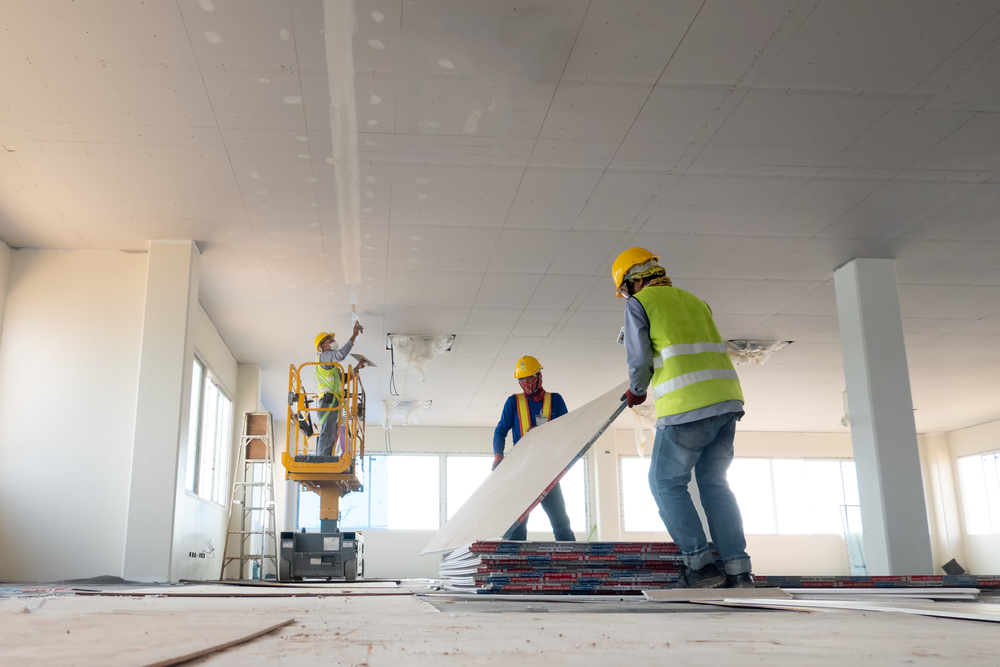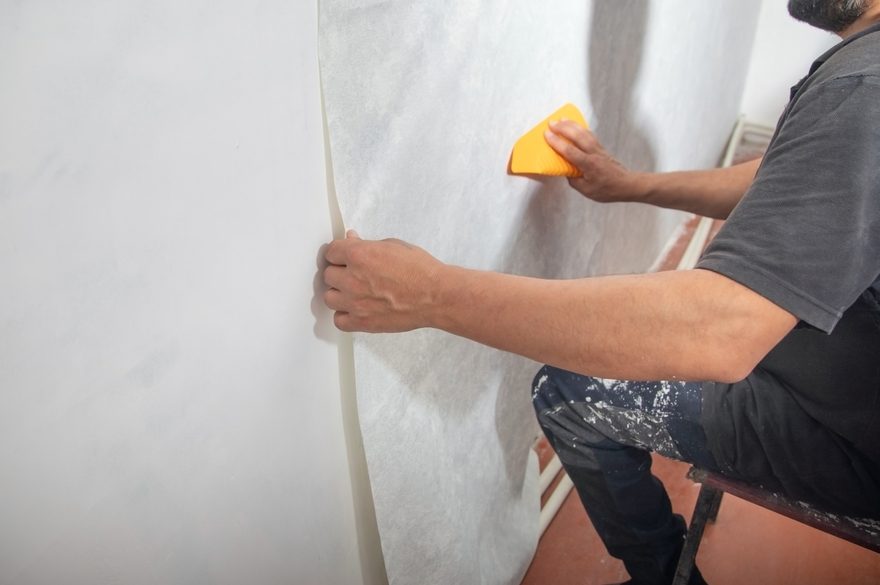What can we do for you?
Lubon Infra Chem Pvt. Ltd. offers expert solutions across construction, maintenance, and infrastructure. From specialized chemical applications to durable structures, interior fit-outs, and maintenance, we’re here to meet your needs with precision and efficiency.

Structural Waterproofing

Protective Coatings & Painting Services

Interior Installation & Fit-Outs

Structural Fabrication Work

Grouting Application

Architectural Finishing Works

Flooring Systems

Rehabilitation & Retrofitting of Structures

Building Insulation
Structural Waterproofing
Structural waterproofing is a critical process to protect buildings from water ingress, which can compromise structural integrity and lead to long-term damage. It involves creating impermeable barriers to prevent water from penetrating walls, foundations, basements, and roofs.
Techniques include:
Membrane Waterproofing: Applying bituminous, liquid-applied, or sheet membranes.
Crystalline Waterproofing: Utilizing compounds that react with concrete to form water-resistant crystals within pores.
Injection Waterproofing: Filling cracks and voids using chemical or cementitious grouts.
Drainage Systems: Installing proper drainage solutions to redirect water away from structures.
Structural waterproofing ensures durability, prevents mold and mildew, and improves the lifespan of buildings by maintaining their structural health in both above-ground and below-ground applications.



Protective Coatings
Protective Coating & Painting Services
Protective coatings and painting services are essential for shielding surfaces from corrosion, abrasion, chemicals, and weathering, significantly extending the lifespan of structures and installations. Our comprehensive solutions ensure both performance and aesthetic appeal, even in the most demanding conditions.
Types of Coatings & Paints:
Epoxy Coatings: Ideal for industrial environments requiring superior chemical resistance and durability.
Polyurethane and Polyurea Coatings: Highly durable and UV-resistant, perfect for exterior surfaces and long-term protection.
Anti-Corrosive Coatings: Designed to protect metal surfaces from rust and oxidation; includes elastomeric bituminous-modified coatings, hybrid polyurethane, and zinc-rich epoxy coatings.
Fire-Resistant Coatings: Enhance safety by delaying the spread of fire on critical structures.
Industrial & Decorative Painting Services: Offering a wide range of painting solutions for both functional protection and aesthetic enhancement across commercial, industrial, and residential projects.
Applications:
Our protective coatings and painting services are used for pipelines, machinery, concrete structures, marine environments, industrial plants, commercial buildings, and more—ensuring long-lasting performance, durability, and an appealing finish in every project.



Interior Installation & Fit-Outs
Interior installation and fit-outs: involve transforming raw spaces into functional, aesthetically appealing environments tailored to residential, commercial, or industrial needs. These services include:
Partitioning & Paneling: Creating room divisions and finished wall surfaces.
Lighting Installation: Designing and installing energy-efficient, ambient, and task lighting systems.
Furniture & Fixtures: Assembling and positioning ergonomic, customised, and stylish furnishings.
MEP Services: Installing mechanical, electrical, and plumbing systems essential for daily operations.
Flooring Solutions: Laying tiles, vinyl, carpet, wood, epoxy, or raised access flooring.
False Ceilings & HVAC Integration: Implementing gypsum or metal ceilings along with air-conditioning and ducting systems.
Painting & Wall Finishes: Applying decorative paints, textures, wallpapers, or paneling.
IT & AV Installations: Setting up structured cabling, data points, CCTV, access control, and audio-visual systems.
Custom Carpentry & Joinery: Crafting and installing modular storage, cabinets, and built-in furniture.
Acoustic Treatments: Incorporating noise-reducing panels and materials for improved sound performance.
Signage & Branding: Installing internal branding, directional signage, and display systems.
Turnkey Project Management: Offering end-to-end planning, procurement, and execution for seamless delivery.
Fit-out services are critical in enhancing comfort, productivity, and design coherence, ensuring that interior spaces meet both functional demands and visual expectations.



Structural Fabrication Work
Structural fabrication involves cutting, bending, and assembling metal components to construct frameworks for buildings, bridges, and industrial facilities.
Process highlights:
Design & Drafting: Creating precise plans and blueprints.
Material Selection: Using steel, aluminum, or alloys based on load requirements.
Fabrication Techniques: Employing methods like welding, cutting, and forming.
Quality Control: Ensuring accuracy and compliance with safety standards.
Structural fabrication provides strength, reliability, and flexibility in construction projects, contributing to the creation of robust and efficient structures.



Grouting Application
Grouting is the process of injecting a fluid-like material into cavities, cracks, and joints to strengthen and stabilize structures. It is widely used in construction, maintenance, and repair projects.
Types of grouting include:
Cementitious Grouting: Ideal for filling voids in concrete and masonry.
Epoxy Grouting: Used for high-strength and chemical-resistant applications.
Polyurethane Grouting: Effective for sealing leaks and stabilizing soils.
Chemical Grouting: Creates watertight barriers in loose soils and substrates.
Grouting improves load-bearing capacity, seals against water leakage, and stabilizes foundations, ensuring longevity and structural safety in a variety of environments.



Architectural Finishing Works
Architectural finishing works encompass the final stages of construction aimed at enhancing the aesthetics, functionality, and liability of a building. These works bring the design vision to life while ensuring durability and user comfort. Key elements include:
Flooring: Installation of tiles, hardwood, marble, granite, vinyl, or polished concrete to suit both aesthetic and functional needs.
Wall Finishes: Application of plaster, paint, wallpaper, textured coatings, or decorative cladding for visual appeal and protection.
Ceilings: Construction of gypsum, POP, metal, or acoustical ceilings to conceal services and enhance ambiance.
Joinery Works: Fabrication and installation of doors, windows, wardrobes, cabinets, and custom woodwork.
Glass & Glazing: Installation of windows, glass partitions, curtain walls, and skylights to introduce light and openness.
Façade Treatments: Application of stone, ACP, HPL panels, louvers, and other external finishes to define the building’s outer character.
Tiling & Stone Cladding: Precision placement of floor and wall tiles, marble, or granite for decorative and durable surfaces.
Metal Works: Installation of railings, grills, trims, and decorative metal features for structure and style.
Fixtures & Hardware Installation: Fitting of sanitary ware, electrical accessories, cabinetry hardware, mirrors, and handles.
Ornamental Details: Adding skirting, cornices, mouldings, and other decorative elements to enhance design coherence.
Final Polishing, Cleaning & Snag
Rectification: Surface polishing, deep cleaning, and fixing of defects for a seamless handover.
These finishing works are essential to blend form with function, transforming structural shells into completed, usable, and visually appealing spaces ready for occupancy.



Flooring Systems
Resinous flooring systems are high-performance, seamless flooring solutions designed for industrial, commercial, and specialized environments. These systems utilize advanced resins such as epoxy, polyurethane (PU), and methyl methacrylate (MMA) to deliver a combination of strength, durability, and aesthetics.
Key Benefits:
Durability: Resistant to heavy loads, abrasion, and mechanical impact.
Chemical Resistance: Shields against spills, solvents, and corrosive agents.
Aesthetic Appeal: Available in a wide range of colors, textures, and finishes.
Hygiene & Safety: Provides anti-microbial, anti-dust, and slip-resistant surfaces.
Fast Installation Options: MMA systems allow rapid curing for minimal downtime.
Types of Resin Flooring Systems:
Epoxy Coatings & Self-Levelling Epoxy Floors
Polyurethane Flooring Systems (rigid and flexible)
MMA (Methyl Methacrylate) Rapid-Cure Systems
Antimicrobial & Food-Grade Hygienic Coatings
ESD (Electrostatic Dissipative) Flooring
Slip-Resistant and Textured Finishes
Service Scope Includes:
Surface preparation: grinding, shot blasting, scarifying
Moisture barrier and damp-proof systems
Crack and joint filling
Primer, base coat, and topcoat application
Safety line marking, demarcation, and logos
Recoating, maintenance, and warranty-based service plans
Application Areas:
Warehouses, factories, and automotive workshops
Pharmaceuticals, cleanrooms, and laboratories
Food processing plants, kitchens, and cold storage areas
Hospitals, clinics, and healthcare environments
Commercial showrooms, retail spaces, and parking decks
These flooring systems offer a tailored balance of functionality, durability, and visual appeal, enhancing operational efficiency and long-term performance in demanding environments.



Rehabilitation & Retrofitting of Structures
Rehabilitation and retrofitting involve the systematic restoration, strengthening, and modernisation of buildings and infrastructure to extend their service life, comply with updated safety regulations, and adapt to new functional requirements. These services address structural issues such as material degradation, design deficiencies, seismic vulnerabilities, and changes in loading conditions.
The process begins with a detailed damage assessment and structural analysis to identify weaknesses such as cracks, corrosion, or settlement. Based on these findings, appropriate strengthening strategies are implemented to restore structural integrity and improve performance.
Key strengthening techniques include RC jacketing, micro-concreting, steel plate bonding, and FRP (Fiber Reinforced Polymer) wrapping for columns, beams, and slabs. Shotcreting is also used to rehabilitate deteriorated surfaces by applying high-strength mortar under pressure.
Seismic retrofitting is another critical aspect, especially in earthquake-prone regions. Solutions such as the addition of shear walls, cross bracing, base isolation, and energy-dissipating devices like dampers enhance the building’s resistance to lateral forces.
For localised repair, grouting and crack injection with epoxy, polyurethane, or cementitious materials are employed to fill voids, seal fissures, and restore continuity. To protect against future damage, corrosion-resistant treatments such as anti-carbonation coatings, cathodic protection, and waterproofing membranes are applied to critical surfaces.
In heritage and architecturally sensitive buildings, restoration and conservation efforts focus on retaining the original aesthetics while strengthening the structure. This includes masonry repointing, careful surface cleaning, and rebuilding damaged elements using traditional materials and methods.
Whether applied to ageing residential buildings, industrial facilities, or major infrastructure like bridges and dams, rehabilitation and retrofitting ensure structural safety, enhanced durability, and compliance with contemporary performance standards.



Building Insulation
Building insulation enhances energy efficiency by reducing heat transfer through walls, roofs, and floors. It ensures thermal comfort, lowers energy consumption, and minimizes environmental impact.
Types of insulation:
Thermal Insulation: Materials like fiberglass, mineral wool, and foam board reduce heat loss or gain.
Acoustic Insulation: Soundproofing materials mitigate noise pollution.
Moisture Control: Vapor barriers prevent condensation and dampness.
Effective insulation is essential for sustainable building design, reducing heating and cooling costs, and improving indoor air quality.



